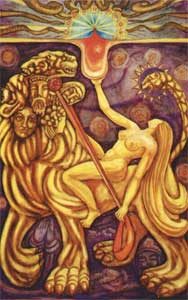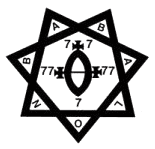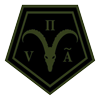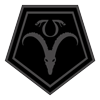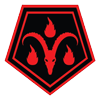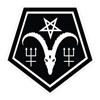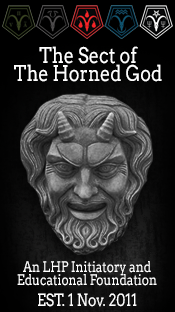The Whore of Babylon
“And there came one of the seven angels which had the seven vials, and talked with me, saying unto me, Come hither; I will shew unto thee the judgment of the great whore that sitteth upon many waters: With whom the kings of the earth have committed fornication, and the inhabitants of the earth have been made drunk with the wine of her fornication.” –Revelation 17
The Whore of Babylon is a figure of abomination originally mentioned in the Book of Revelation. The writer of Revelation, John of Patmos, used Babylon as a symbol of the enemies of God and His people. When he wrote it around 100 AD, John meant Babylon to represent the great power of the day, the Roman Empire, which was persecuting Christians. The people of that period understood metaphor and would have got the meaning of his message. But, of course, modern Christians interrupt it differently. They see either the Roman Catholic Church, or any other “false church”, (or even the city of Jerusalem) as being the “Whore”. Thus, they are breathing life into the Book of Revelation, making it pertinent to today’s world and their apocalyptic vision.
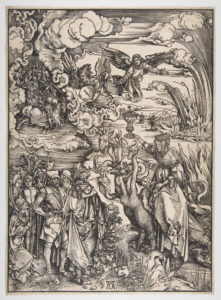
In Thelema, Aleister Crowley saw “Babalon” (as he spelled it) in the goddess form. As Crowley wrote in his Book of Thoth, “she rides astride the Beast; in her left hand she holds the reins, representing the passion which unites them. In her right she holds aloft the cup, the Holy Grail aflame with love and death. In this cup are mingled the elements of the sacrament of the Aeon”. In this abstract interpretation she represents the female sexual impulse and the liberated woman. She is also the consort of Chaos, the “Father of Life” and the male form of the Creative Principle. This brings in the male/female dynamic found in the world’s great mythologies, such as the Horned God and the Goddess, Shiva and Shakti, and, as been postulated here in The Sect, Satan and the Virgin Mary.
In the Gnostic Creed, the Whore is mentioned as follows:
I believe in one secret and ineffable LORD; and in one Star in the Company of Stars of whose fire we are created, and to which we shall return; and in one Father of Life, Mystery of Mystery, in His name CHAOS, the sole viceregent of the Sun upon the Earth; and in one Air the nourisher of all that breathes.
And I believe in one Earth, the Mother of us all, and in one Womb wherein all men are begotten,and wherein they shall rest, Mystery of Mystery, in Her name BABALON.
And I believe in the Serpent and the Lion, Mystery of Mystery, in His name BAPHOMET.
And I believe in one Gnostic and Catholic Church of Light, Life, Love and Liberty, the Word of whose Law is THELEMA.
And I believe in the communion of Saints.
And, forasmuch as meat and drink are transmuted in us daily into spiritual substance, I believe in the Miracle of the Mass.
And I confess one Baptism of Wisdom, whereby we accomplish the Miracle of Incarnation.
And I confess my life one, individual and eternal that was, and is, and is to come.
AUMN. AUMN. AUMN.
In the creed she is also identified with Mother Earth, in her most fertile sense. At the same time, Crowley believed that Babalon had an earthly aspect in the form of a spiritual office, which could be filled by actual women—usually as a counterpart to himself, “Mega Therion” (The Great Beast)—whose duty was then to help manifest the energies of the current Aeon of Horus.
Babalon is identified with Binah on the Tree of Life, the sphere that represents the Great Sea and the mother-goddesses Isis, Bhavani, and Muat. Moreover, she represents all physical mothers. As Thelemic authors Sabazius and Helena wrote:
BABALON, as the Great Mother, represents MATTER, a word which is derived from the Latin word for Mother. She is the physical mother of each of us, the one who provided us with material flesh to clothe our naked spirits; She is the Archetypal Mother, the Great Yoni, the Womb of all that lives through the flowing of Blood; She is the Great Sea, the Divine Blood itself which cloaks the World and which courses through our veins; and She is Mother Earth, the Womb of All Life that we know.

